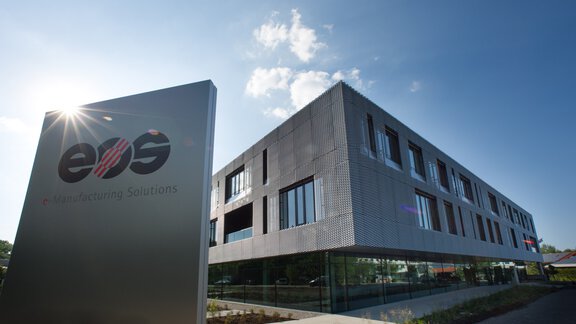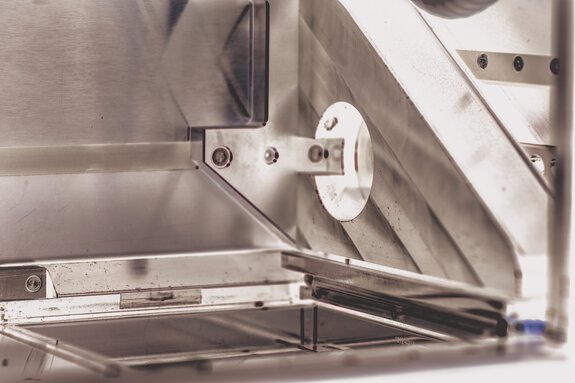Understanding the Implications of Surface Smoothing
Practical applications for additive manufactured parts
You might consider surface smoothing as a process that is entirely separate to the initial additive manufacturing journey; however, this method of thinking is not only sub-optimal to the final product design, but could be increasing the overall cost per part.
Thankfully Exude Hone and EOS have partnered in this Whitepaper to provide three examples where combining additive manufacturing concurrently with surface finishing has resulted in a successful product. In this paper we cover:
- What is COOLPULSE Technology?
- What is AFM Technology?
- How do these technologies smooth surfaces?
Isn’t surface smoothing a post-production process?
When it comes to surface smoothing options you can feel almost spoiled for choice. Knowing which method is going to provide the best final product can feel a bit overwhelming, but it isn’t something to shy away from. In fact, by incorporating surface smoothing into the initial product design phase you can not only optimize your finl product, but save yourself both time and money.
Typically when designing a new additive manufactured part, you’ll have to go through multiple test prints to find which combination of print and surface smoothing will yield the best result. This can, in turn, kill your project before it’s even had a chance to start. By incorporating surface smoothing options into the initial design phase, you’re increasing your likelihood of a successful project and a higher quality final product.
So how can I tell which option is the right one for my project?
In this Whitepaper, Robert Binder, Product Manager at Extrude Hone, and Lukas Fuchs, Business Development Manager TurboMachinery, team up to explore the different applications of these technologies and how they can create a higher quality product. Using three examples and adjusting the applications of these technologies in each, we can see the different results and the opportunities these can bring.
What are these technologies?
To explore the most balanced range of options currently available on the market, Robert and Lukas utilize the following technologies to explore how different combinations of each can affect the final result:
- COOLPULSE Technology: COOLPULSE (CP) falls under the category of Anodic Metal Dissolution Technologies, similar to Electro Chemical Machining (ECM). The component is machined by utilizing a tool that mimics the surface geometry of the 3D printed component. The printed part is connected to a positive electric pole (anode), and the printed tool is connected to a negative electric pole (cathode). The surface of the printed part is machined by running an electrolytic solution between the parts while driving a controlled DC between the part and the tool.
- Abrasive Flow Machining (AFM): Abrasive Flow Machining (AFM) uses a chemically inactive and non-corrosive medium to improve the surface finish. The abrasive particles in the medium grind away the unwanted material instead of shearing it off.
In Summary…
- Despite being considered a post-production method, surface smoothing in additive manufactured products should be considered in the initial design phase of the project.
- Incorporating surface smoothing into the design phase can not only improve the chances of a successful end-product but can save you valuable time and money that is typically lost in testing.
- Each technology has its strengths and will be more suitable for some products than others. Understanding how each process works will effectively speed up your production workflow and limit rejections or project failures.




